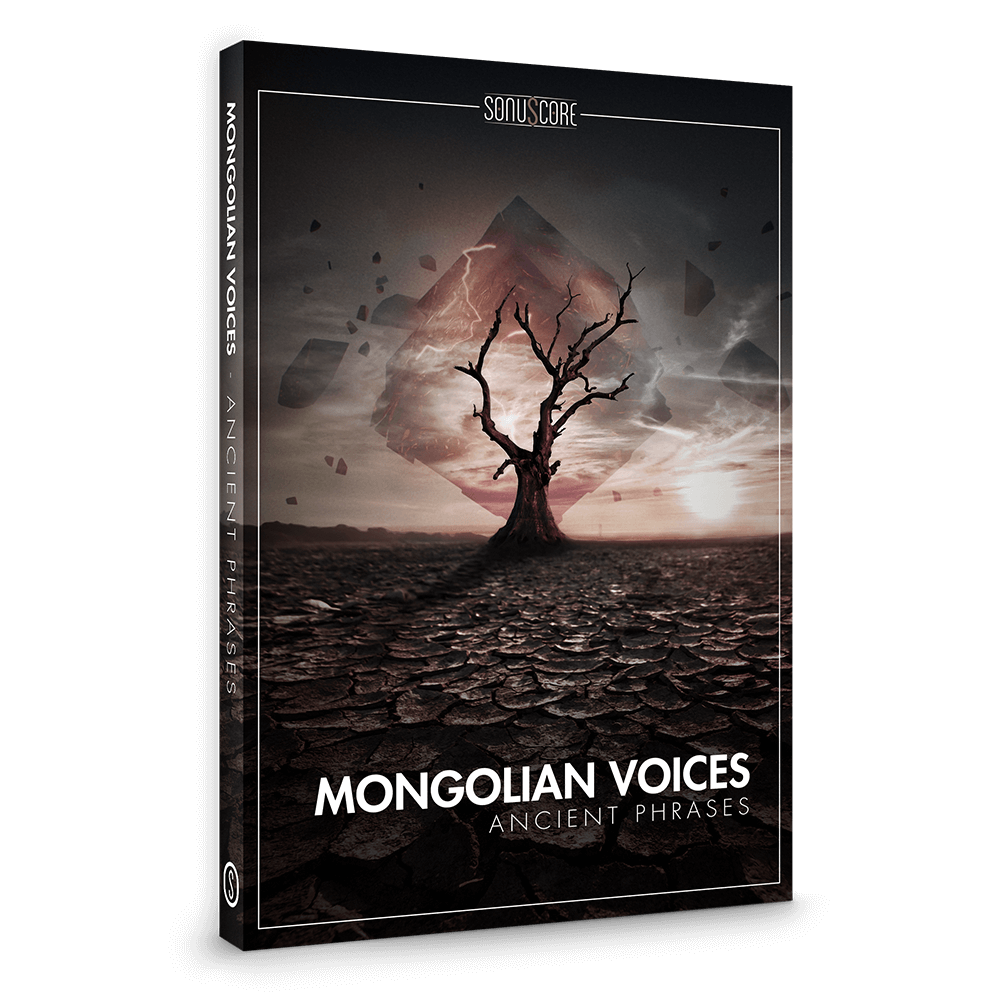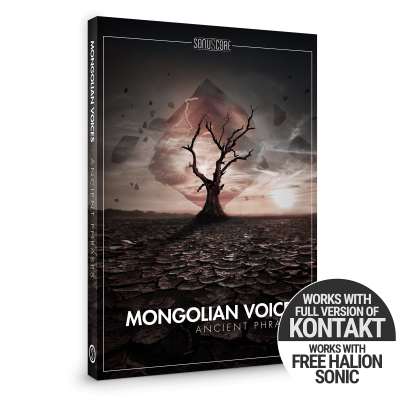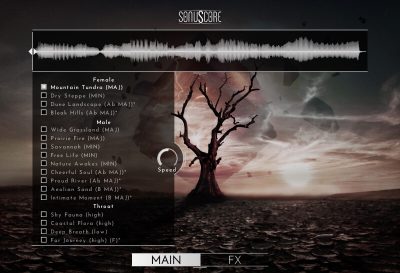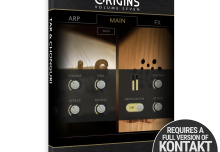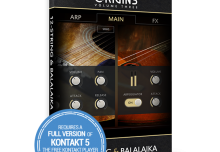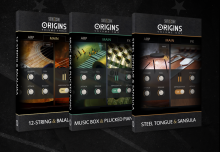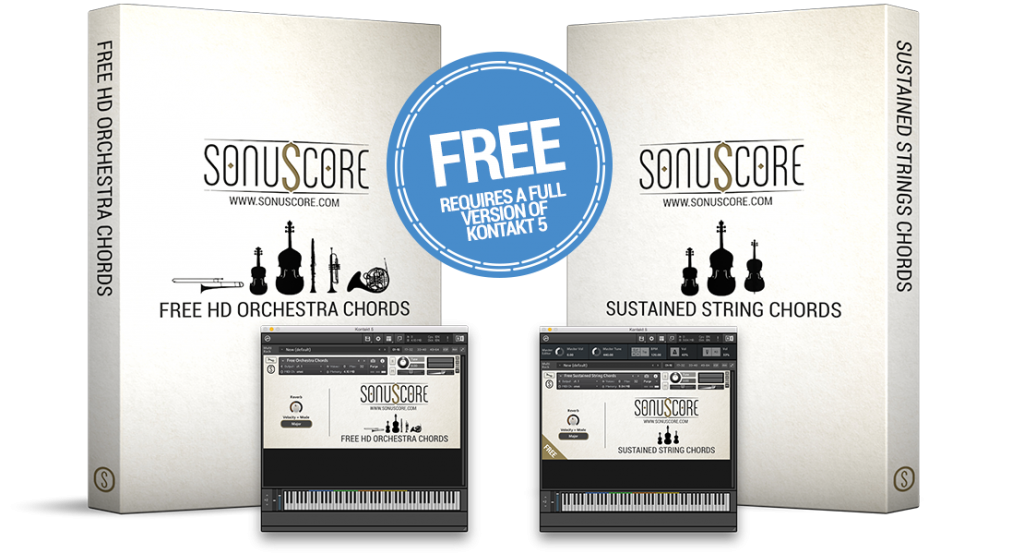NEW RELEASE | MONGOLIAN VOICES – ANCIENT PHRASES
Possibly everyone agrees that the most striking scene in Denis Villeneuve’s first chapter of Dune is at the Sardaukar parade grounds. We are transported to this hostile, distant planet, where the atmosphere is dark and rainy. Thousands of the Emperor’s menacing elite troops are lined up, and there’s a speaker stationed up on a steep, pyramid-like structure. But this scenery is not the most striking thing about the scene. It’s that weird, otherworldly, menacing throat singing that the speaker is performing.
Hans Zimmer went through a dose of sound design to get that voice. Using a skilled vocalist, a linguist to write a new language, and then over-processing it with compressors. “I had of course, completely transformed his voice into something that was more like a cannonball hitting you in the head,” Zimmer says in an interview with Vanity Fair. Villeneuve liked the chanting so much he used it at the beginning, and Zimmer goes on to discuss the storytelling power of using the correct sound at the correct time. By using it at the beginning, “You instantly knew we were going to tell you a story that was dark and mysterious and different, and you couldn’t quite work out whether this was human or was this something beyond humanity.”
Us composers at Sonuscore wanted a vocal instrument that could carry the same transportive power as Zimmer’s vocal parts had in Dune. We wanted something that could transport the listener to strange, new worlds, that would make them question whether it was “human or… beyond humanity”. But we also wanted something that was firmly grounded, so that it could be used equally for a distant planet or mystical scenery.
ENTER MONGOLIA
Our recordist Steffen Brinkmann was already in Mongolia to record the Morin Khuur for the STRINGS OF WINTER when we were brainstorming this idea. And the answer became clear. Mongolia has such a rich, vocal tradition that perfectly encapsulates these feelings that we wanted in our music. We didn’t need to go to across the Known Universe to find our singers, just to the city of Ulaanbaatar in Mongolia where we joined our new friends at White Arch Studios and the Morin Khuur Ensembles.
TYPES OF MONGOLIAN SINGING
Mongolian vocals — and here we should also include all the related cultural groups in the region, in both northern China and Siberia — have such unique characteristics and timbres. In MONGOLIAN VOICES, we didn’t want to be limited to just the Throat Singing, itself a captivating art, but also the traditional Long Song, which we feel can contribute to an even more shimmering and mystical vibe. Think of the two contrasting parts of Zimmer’s work in Dune, between the throat singing and the wild ecstasy of Loire Cutler’s voice (whose style there also resembles Long Song).
Long Song — The Mongolian long song, or “Urtyn duu”, isn’t called “long” because of the text, but rather because of the length of time in singing each word. They are composed of long held out syllables full of vibratos and undulations. Steffen gives us an apt description: “Long Song is incredibly loud. I’ve been told that this is because it was performed at a distance on the steppes, where there’s basically zero acoustics. Essentially someone on a horse or a mountaintop singing a song to anyone in a multiple mile radius. I found that image rather interesting and beautiful.”
To give you the most options for this truly mystical type of singing, we decided to include both a male and female performer for the Long Song in our virtual instrument, Munkhbaatar Bat-Ulzii and Erdenetsetseg Khenmedekh.
Throat singing — Also called “Khoomii” in Mongolian, throat singing is an ancient vocal art that transcends time and space. Instantly recognized by people across the world, the strange, entrancing and guttural vocalizations are hypnotic and fascinating. Khoomii involves the singing of the fundamental with one or more additional pitches over that, and only a few in the world are truly capable of the technique. We were lucky to find Ashit Nergui, one of the most recognized throat singers in Mongolia, to perform for us.
HOW THE INSTRUMENT IS LAID OUT
The phrases are organized into 10 different themes that are labeled as major and minor, each containing 5 openings, middles, and endings, along with two short endings in three keys, meaning that you’ve got access to 51 snippets of vocal phrases per theme. There are seven bonus themes that only contain one key and 17 Phrase-Snippets. Keep in mind that due to the nature of the singing and the note system traditional Mongolian music uses, it doesn’t quite fit to the Western musical structure. But this, combined with their main source of musical inspiration – nature – is what gives it the appeal when used juxtaposed with Western scales.
ABOUT THE LIBRARY
The phrase library is divided between the Long Song male and female and the Throat Singing, and is available both for Kontakt and HALion Sonic with a special intro price for $79.99 / 79,99€ for the first two weeks and at a regular price of $99.99/99,99€.

